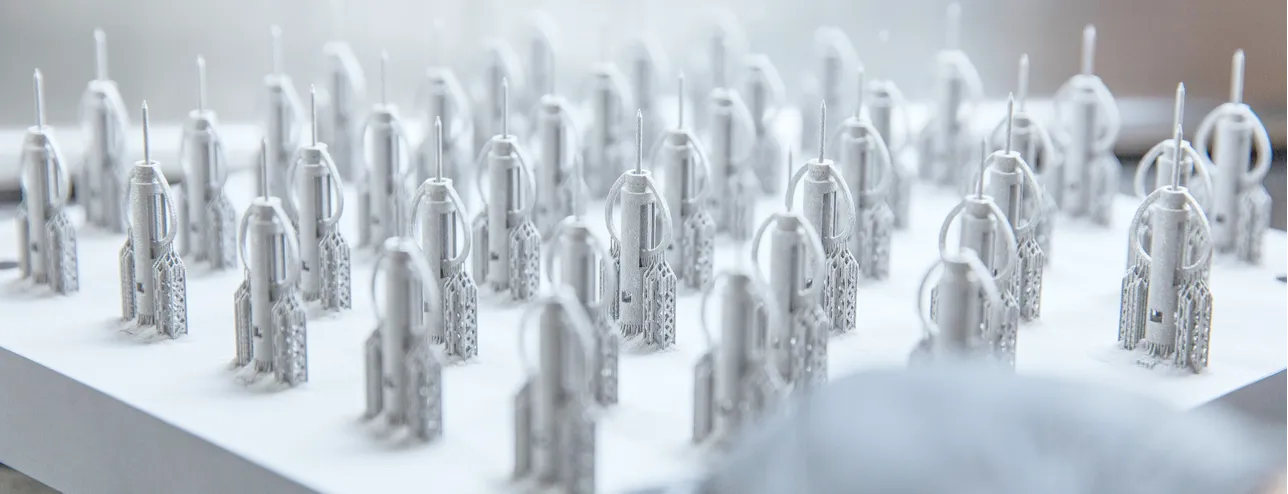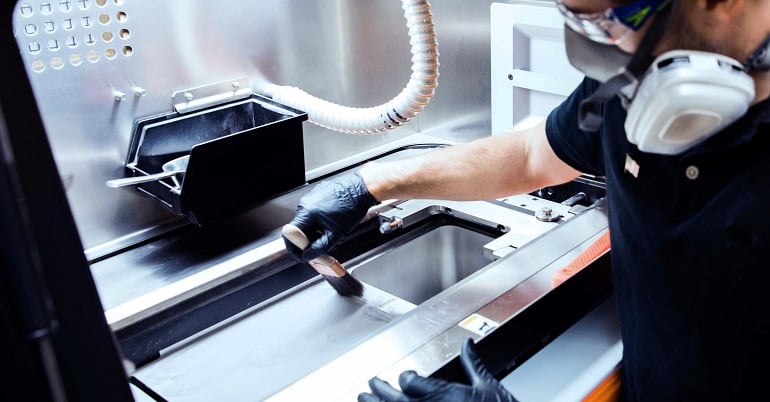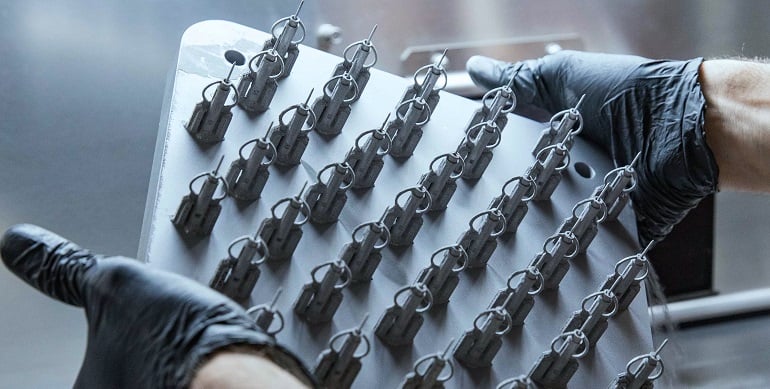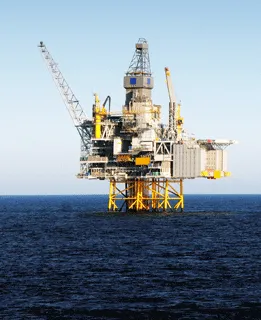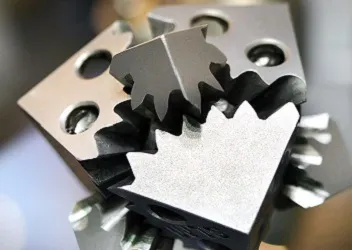Published: 11 February 2021
- Trust is a key to oil and gas sector use of metal parts made by additive manufacturing, says leading manufacturer Protolabs
- Protolabs is working with DNV to achieve ‘Qualification of Manufacturer’ certification for a Protolabs production facility – the programme includes a ‘build process qualification’ using a particular metal feedstock material
- Protolabs will be among the first manufacturers in the EMEA region to achieve the certification, and will be the first certified manufacturer using powder bed fusion technology in its additive process – ideal for high resolution and geometrical accuracy
- Certification will assure oil and gas industry customers that they can use the additive manufacturing route to unlock efficiency and decarbonization benefits, says Protolabs’ Daniel Cohn
- Cohn explains how the agility of additive manufacturing was proven by its use to make products to fight against COVID-19
As additive manufacturing gains broader acceptance, companies that ‘print’ metal parts and structures to customer specifications are investing in printers that produce increasingly complex and larger products faster and more accurately than before (Figure 1).
Together with the availability of novel feedstock metal powders and metal wires, the latest printers provide customers with a wide range of existing and new materials. These innovations can meet an ever-growing need for sustainability, innovation, and energy-efficient applications by unlocking the cost, efficiency, and decarbonization benefits offered by additive manufacturing. Aerospace and healthcare are among the industries leading the way in ordering high-value, high-performance complex parts made this way.
The oil and gas sector has also started to show interest in using additive manufacturing technology. For example, BP has experimented with 3D printing to create parts for offshore activities1, and Total2 has used ‘printed’ polyamide polymer and titanium parts offshore. However, to unlock the technology’s full potential, the industry as a whole requires assurance that it can trust the products, materials, and the manufacturing and finishing processes involved. Oil and gas players that have trialled additive manufacturing say it is challenging to progress from prototypes to the efficient production of end-use parts that must meet robust performance and safety standards.
Before COVID-19 slowed economies, the global market for metal-based additive manufacturing was growing by around 25% per year, according to Protolabs, a leading digital manufacturer whose services include printing and finishing parts for several industries including automotive, aerospace, and consumer electronics. The company’s 2019 global revenues were USD 458.7 million from its digital manufacturing facilities in the US, across Europe, and in Japan.
“Obviously, the question in the short term is how quickly economies will rebound,” said Daniel Cohn, General Manager & 3DP Lead for Protolabs EMEA. “But beyond economic cycles, the main barrier to additive manufacturing is the mindset of engineers and designers, and education for industrial design in universities. They mostly think and have experience in subtractive manufacturing which starts with a block of metal, for example, then removes material to get to the required shape.”
